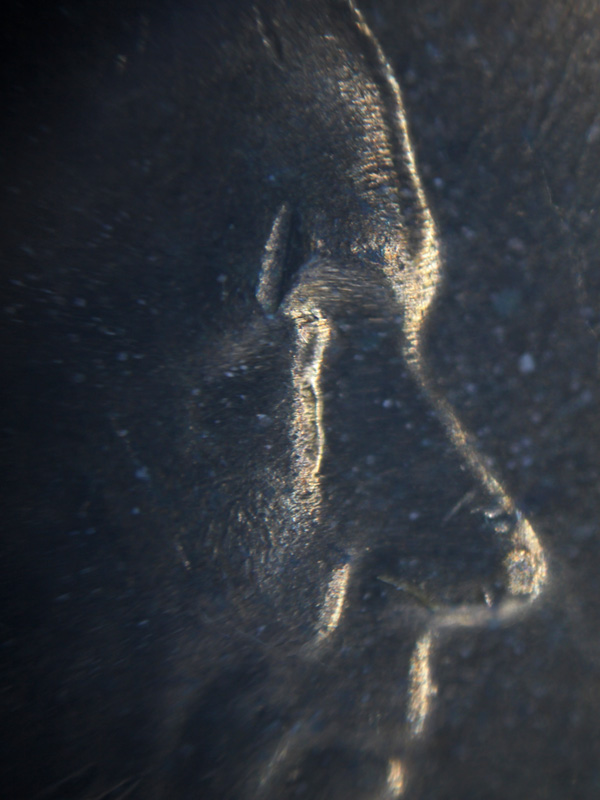alzarius
TPF Noob!
- Joined
- Apr 4, 2024
- Messages
- 1
- Reaction score
- 0
- Location
- Tennessee
- Can others edit my Photos
- Photos OK to edit
Hello
I was recently gifted a Nikon D750 from my brother in law for some photography I wanted to take.
I assumed it would be macro photography since it's almost what I wanted. The thing is, I also wanted to take even more zoomed in pictures.
Think, insect legs. (What I am actually looking for are trichome pictures, which are very small)
I bought the Nikon Nikkor 105mm f/2.8 VR lens. I love it, but it also doesn't have the magnification that I was hoping for.
How do I accomplish taking these types of very small objects, but with really good sharpness. (I may be using that word wrong)
I'm a complete noob, and have goggled multiple times, but I couldn't find what I wanted and it was time to look at forums.
Thanks
I was recently gifted a Nikon D750 from my brother in law for some photography I wanted to take.
I assumed it would be macro photography since it's almost what I wanted. The thing is, I also wanted to take even more zoomed in pictures.
Think, insect legs. (What I am actually looking for are trichome pictures, which are very small)
I bought the Nikon Nikkor 105mm f/2.8 VR lens. I love it, but it also doesn't have the magnification that I was hoping for.
How do I accomplish taking these types of very small objects, but with really good sharpness. (I may be using that word wrong)
I'm a complete noob, and have goggled multiple times, but I couldn't find what I wanted and it was time to look at forums.
Thanks









![[No title]](/data/xfmg/thumbnail/31/31978-02cde49248ebdf1b82fba5c899e08378.jpg?1734160755)
![[No title]](/data/xfmg/thumbnail/33/33025-0e4fc16dd87a477880f7aa74466d4f56.jpg?1734163021)


![[No title]](/data/xfmg/thumbnail/34/34119-711b53445c011079fb89b6f42682ed00.jpg?1734164590)